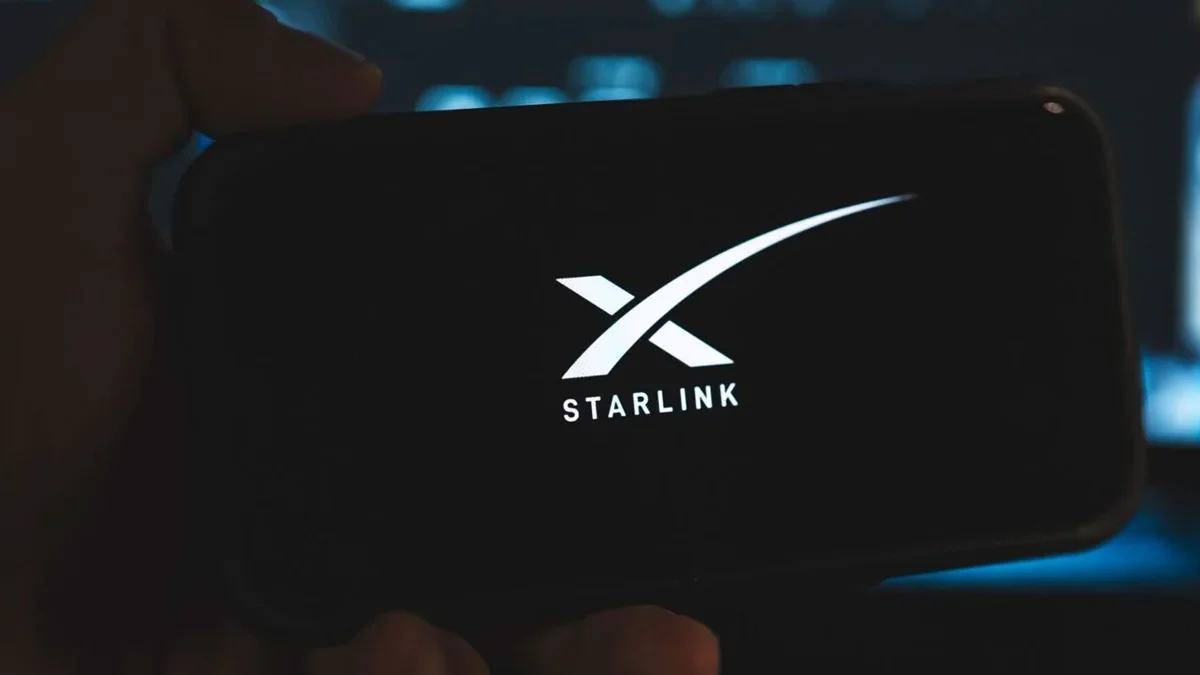Necessary Always Active
Necessary cookies are required to enable the basic features of this site, such as providing secure log-in or adjusting your consent preferences. These cookies do not store any personally identifiable data.
|
||||||
|
||||||
|
||||||
|

Union Minister of State for Communications, Pemmasani Chandra Sekhar, revealed that Starlink’s user limit in India will be capped at 20 lakh subscribers, Business Today reported. The minister also disclosed that the monthly subscription cost for Indian users will be approximately INR 3,000. Sekhar said, “The upfront cost for satcom services will be too high, and the monthly cost may be around ₹3,000.”
Starlink India’s Subscriber Cap shows a cautious approach by Indian authorities toward foreign satellite internet providers. The 20 lakh user limit ensures that the service remains supplementary to existing telecom infrastructure rather than becoming a dominant player in the market.
This restriction comes as part of broader regulatory measures designed to protect domestic telecom operators while still allowing innovative satellite internet services to enter the Indian market. The government wants to maintain a balance between technological advancement and local industry protection. Sekhar said on the sidelines of a Bharat Sanchar Nigam Limited (BSNL) review meeting, “Starlink can have only 20 lakh customers in India and offer up to 200 Mbps speed. That won’t affect telecom services.“
The subscriber cap also addresses concerns about spectrum allocation and interference with existing communication systems. By limiting the number of users, authorities can better monitor the service’s impact on India’s telecommunications landscape.
Starlink’s INR 3000 Plan in India positions the service as a high-end internet solution rather than a mass-market offering. This pricing puts SpaceX’s Starlink India significantly above traditional broadband services, which typically cost between Rs 500 to Rs 1,500 per month for similar speeds.
The premium pricing strategy aligns with the government’s approach of treating satellite internet as a specialized service for specific use cases. These might include remote areas where traditional broadband infrastructure is challenging to deploy or users requiring extremely reliable connectivity.
Industry experts believe this pricing model will primarily attract businesses, remote workers, and users in areas with poor traditional internet connectivity. The cost may limit adoption among regular consumers who have access to affordable fiber or mobile broadband services.
Elon Musk’s Starlink India’s recent news highlights growing interest from various sectors about the potential benefits of satellite internet. Educational institutions, healthcare facilities, and businesses in remote areas have expressed particular enthusiasm about improved connectivity options.
The announcement has also sparked discussions about India’s digital infrastructure strategy. Policymakers are evaluating how satellite internet can complement existing networks while supporting the country’s digital transformation goals.